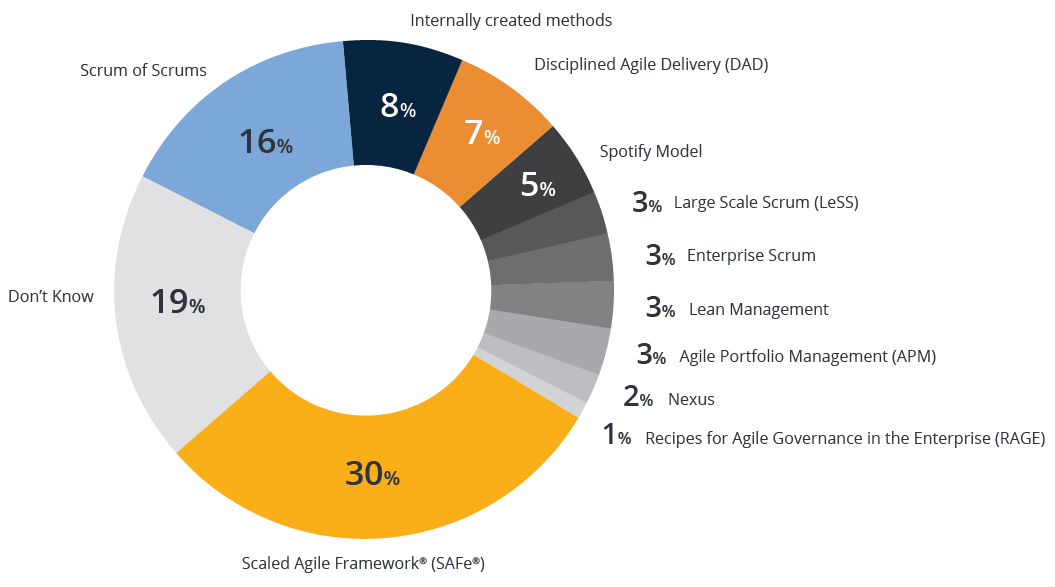
In the world of software management, the presence of the number three is surprisingly pervasive and influential. Whether it’s in methodologies, frameworks, or processes, this number frequently emerges, offering a simple yet profound structure that can be seen across various aspects of the field. From the three-tier architecture to the rule of three in coding, the number three seems to be a recurring theme that adds efficiency and clarity to software management practices. Let’s explore the significance of this number and how it shapes the principles and practices in the realm of software management.
Three-Tier Architecture in System Design
A prime example of the number three’s significance is seen in the three-tier architecture, a popular approach in system design. This model divides the system into three layers: the presentation layer (user interface), the logic layer (business rules), and the data layer (database). This separation enhances system manageability, scalability, and flexibility. By compartmentalizing functionalities, developers can focus on specific aspects of the system in isolation, which simplifies troubleshooting and maintenance and allows for more targeted updates and improvements.
The Rule of Three in Coding
In coding, the “Rule of Three” is a principle suggesting that a piece of code should be duplicated only twice, and upon the third use, it should be refactored into a common method or function. This rule aims to strike a balance between code reuse and simplicity. Adhering to this principle helps in maintaining code cleanliness and manageability, reducing redundancy, and enhancing the scalability of the software.
Prevalence of Number 3 in Software Methodologies
The number three is not just limited to coding and architecture; it also finds its place in software development methodologies. Here’s a data table showing how the number three is integrated into various software methodologies:
| Methodology | Application of Number Three |
| Agile Development | Three roles (Product Owner, Scrum Master, Development Team) |
Software Testing |
Three testing levels (Unit, Integration, System) |
Database Design |
Three-schema approach (External, Conceptual, Internal Schemas) |
This table illustrates the recurring theme of the number three in different aspects of software development, highlighting its role in providing a structured and efficient approach to managing complex software projects.
The Impact of ‘Three’ on Software Marketing Strategies
In the realm of software marketing, the power of three emerges as a persuasive tool. Marketers often use the rule of three to create memorable and effective messages. For example, many software products are marketed by highlighting three key features or benefits, which can be more impactful and easier for potential customers to remember than a longer list. Additionally, pricing strategies frequently use a three-tier system (basic, premium, and enterprise), which helps customers easily understand their options and make a decision. This strategy simplifies the purchasing process for customers, making it more likely for them to commit to a product. In essence, the number three in marketing strategies plays a crucial role in communication and sales, further underlining its pervasive influence in the field of software management.
Triadic Elements in Software License Management
The concept of the number three extends its influence into the realm of software license management as well, where it plays a crucial role in maintaining compliance, optimizing usage, and managing costs. Typically, the process of software license management involves three key components: compliance, optimization, and documentation. First, compliance ensures that the organization adheres to the licensing agreements and avoids legal repercussions. This involves monitoring and managing the number of licenses in use to ensure they do not exceed the purchased amount. Second, optimization is about effectively utilizing the licenses available. This involves assessing whether the organization is under-using licenses for certain software, which can lead to unnecessary expenses, or if additional licenses are needed to meet user demands. Finally, documentation involves maintaining accurate records of licenses purchased, terms of use, renewal dates, and usage patterns. This triadic approach not only helps in staying legally compliant but also plays a significant role in cost management and efficient allocation of software resources. Thus, the influence of the number three in software license management underscores its importance in creating a balanced and effective strategy that aligns legal, financial, and operational aspects of software usage in organizations.
Three-Step Processes in Project Management
In software project management, many processes follow a three-step approach. For example, the basic cycle of software development encompasses planning, execution, and review. Similarly, in risk management, the process involves identification, assessment, and mitigation of risks. These triadic processes provide a clear and concise framework that guides project teams through various stages of software development, ensuring that all critical aspects are addressed systematically.
Conclusion
The recurrence of the number three in software management is more than a coincidence; it’s a reflection of the industry’s inclination towards structures that are simple, yet effective. This triadic pattern, whether in system design, coding practices, methodologies, or project management processes, provides a framework that promotes efficiency, clarity, and manageability. Understanding and utilizing this pattern can lead to more organized, maintainable, and successful software projects, demonstrating that sometimes, the best solutions are as simple as one, two, three.






























